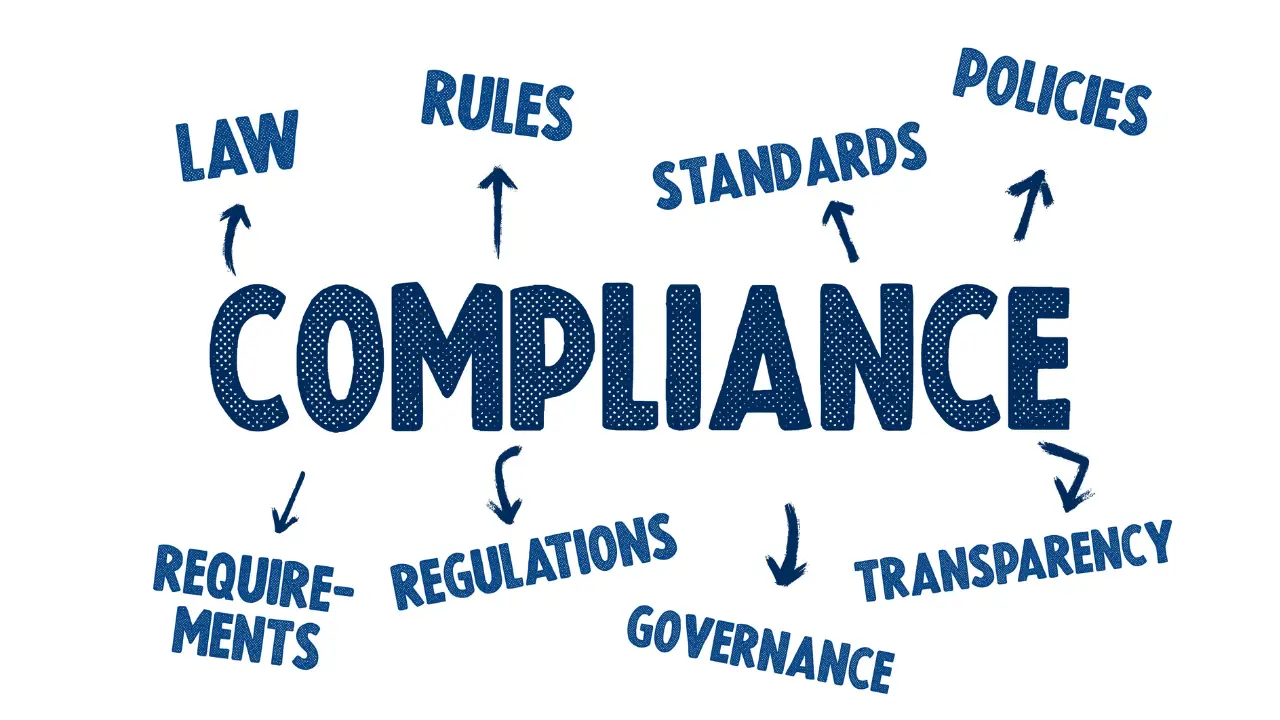Marketing analytics isn’t just a buzzword—it’s the key to unlocking the full potential of your campaigns. Imagine having a treasure map that guides you from the initial click all the way to a conversion. That’s what marketing analytics offers. By harnessing data, you can turn your marketing efforts into well-oiled machines, consistently driving higher engagement and conversions. Ready to dive in?
Understanding Marketing Analytics
Definition of Marketing Analytics
Marketing analytics involves measuring, managing, and analyzing marketing performance. The goal is to maximize effectiveness and optimize return on investment (ROI). It provides valuable insights into customer behavior, campaign performance, and market trends.
Key Metrics in Marketing Analytics
To get started, it’s crucial to understand the key metrics: click-through rate (CTR), conversion rate, bounce rate, and customer lifetime value (CLV). These metrics help you gauge the success of your marketing efforts and pinpoint areas for improvement.
The Role of Data in Marketing
Collecting Data
Data collection is the first step in any marketing analytics strategy. This can be done through various methods such as website analytics tools, social media insights, and customer surveys.
Types of Data: Quantitative vs. Qualitative
Quantitative data includes measurable figures like clicks, views, and conversion rates. Qualitative data consists of subjective insights such as customer feedback and reviews. Both types are essential for a comprehensive analysis.
Analyzing Click Data
What is Click Data?
Click data refers to the information gathered every time a user clicks on a link, ad, or call-to-action. This data reveals user preferences and behaviors.
Tools for Tracking Click Data
Tools like Google Analytics, Clicky, and Crazy Egg help you monitor click data. These tools provide detailed reports on user interactions, helping you understand what’s working and what’s not.
Interpreting Engagement Metrics
Bounce Rate
Bounce rate indicates the percentage of visitors who leave your site after viewing only one page. A high bounce rate could suggest that your landing page isn’t engaging or relevant to your visitors.
Average Session Duration
This metric shows how long visitors stay on your site. Longer sessions typically indicate that users find your content valuable.
From Clicks to Conversions: The Customer Journey
Mapping the Customer Journey
Mapping out the customer journey involves understanding the stages a customer goes through before making a purchase. These stages include awareness, consideration, decision, and retention.
Identifying Key Touchpoints
Key touchpoints are the interactions that significantly impact a customer’s decision to move forward in their journey. Identifying these can help you optimize each stage for better conversions.
Utilizing Conversion Rate Optimization (CRO)
What is CRO?
Conversion Rate Optimization (CRO) is the process of increasing the percentage of website visitors who take a desired action, such as filling out a form or making a purchase.
Techniques for Effective CRO
Techniques include improving website design, enhancing user experience, and creating compelling calls-to-action. Regularly testing and refining these elements can lead to significant improvements in conversion rates.
Leveraging A/B Testing
Importance of A/B Testing
A/B testing involves comparing two versions of a webpage or app to see which one performs better. It’s a powerful way to test changes to your marketing strategies before fully implementing them.
Steps to Conduct A/B Testing
- Identify your goal: What are you trying to improve?
- Create variations: Develop different versions of your webpage or ad.
- Run the test: Split your audience randomly and expose them to different versions.
- Analyze results: Determine which version performed better and why.
The Power of Predictive Analytics
What is Predictive Analytics?
Predictive analytics uses historical data to predict future outcomes. It employs techniques like data mining, machine learning, and statistical modeling.
Benefits of Predictive Analytics in Marketing
Predictive analytics helps in anticipating customer behavior, optimizing marketing campaigns, and improving decision-making processes. It can forecast trends and identify opportunities for growth.
Customer Segmentation and Personalization
Importance of Customer Segmentation
Customer segmentation divides your audience into smaller groups based on characteristics like demographics, behavior, and preferences. This enables more targeted and effective marketing.
Strategies for Personalization
Personalization involves tailoring your marketing messages to individual customers. Use data to create personalized emails, product recommendations, and ads that resonate with specific segments of your audience.
Tracking ROI and KPIs
Defining ROI and KPIs
ROI measures the profitability of your marketing campaigns. Key Performance Indicators (KPIs) are metrics that help you track the progress toward your marketing goals.
Methods to Measure ROI
Calculate ROI by dividing the net profit from a campaign by the cost of the campaign. Use KPIs like CTR, conversion rate, and customer acquisition cost to evaluate your campaigns’ effectiveness.
Using Analytics for Social Media Campaigns
Key Social Media Metrics
Important social media metrics include engagement rate, reach, impressions, and follower growth. These metrics help you understand your social media performance and audience engagement.
Tools for Social Media Analytics
Tools like Hootsuite, Buffer, and Sprout Social provide in-depth analytics for your social media campaigns. They help you track performance, schedule posts, and gain insights into your audience.
Email Marketing Analytics
Essential Email Metrics
Open rate, click-through rate, and unsubscribe rate are key metrics for email marketing. These metrics help you understand how well your emails are performing and where improvements are needed.
Improving Email Campaigns with Analytics
Use A/B testing to refine your email content and design. Segment your email list to send more targeted and relevant messages, and analyze the performance of each campaign to make data-driven decisions.
Future Trends in Marketing Analytics
AI and Machine Learning
AI and machine learning are revolutionizing marketing analytics. These technologies enable more accurate predictions, automated insights, and personalized marketing at scale.
Data Privacy Concerns
As data collection practices evolve, so do concerns about privacy. Marketers must stay compliant with regulations and ensure that they handle customer data responsibly.
Conclusion
Marketing analytics is the secret sauce that can turn your campaigns from good to great. By understanding and utilizing the vast amount of data at your disposal, you can make informed decisions that drive better results. From clicks to conversions, every step of the customer journey can be optimized to enhance engagement and boost your bottom line. So, dive into the world of marketing analytics and watch your campaigns soar.




